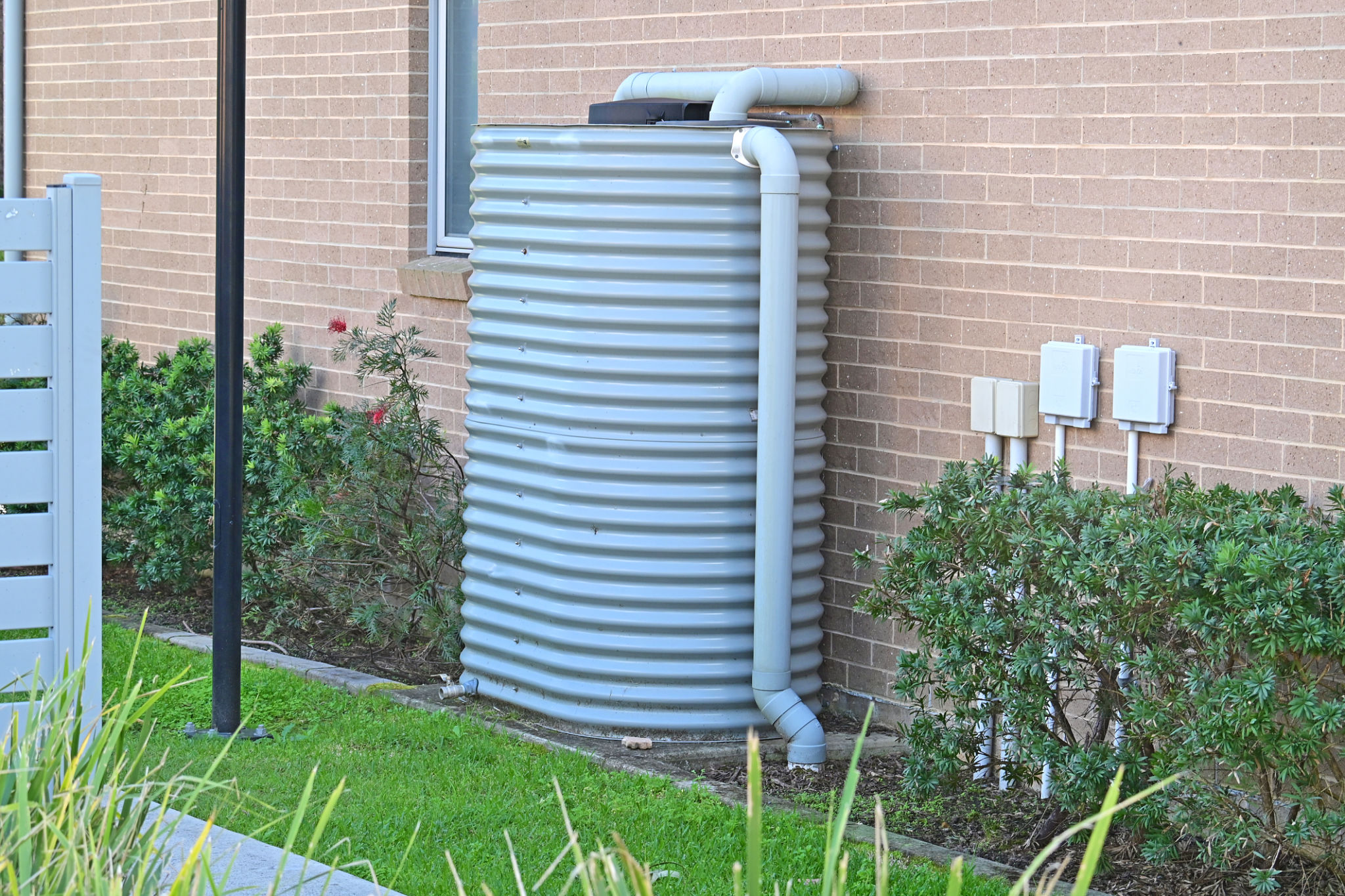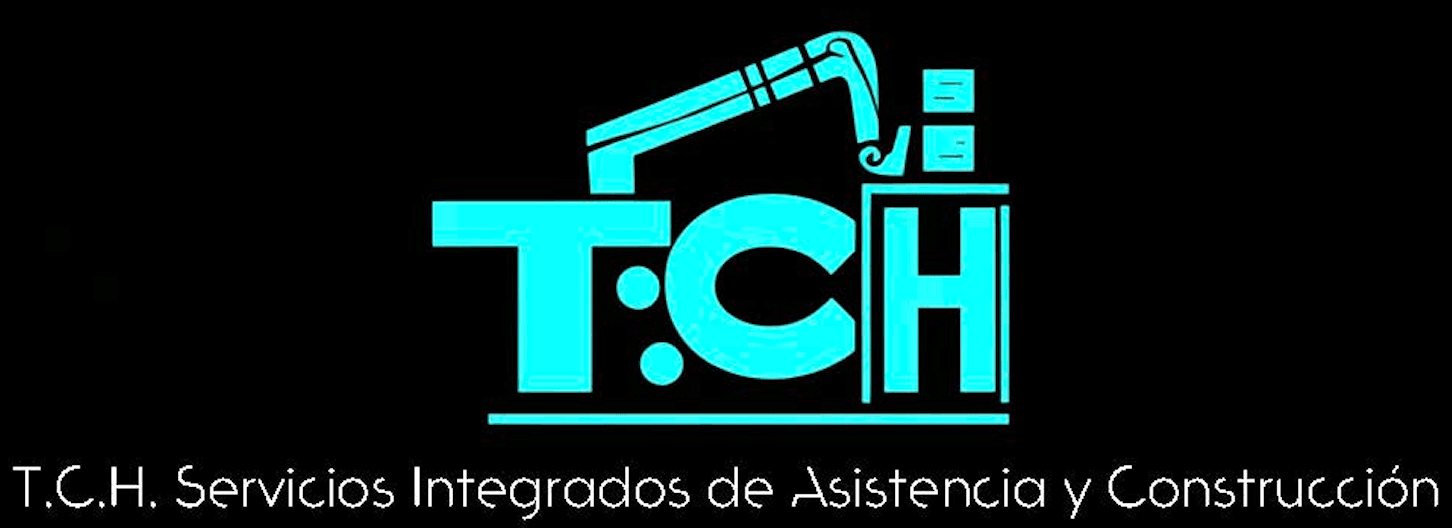A Guide to Sustainable Construction Practices for Summer in CDMX
Introduction to Sustainable Construction in CDMX
Mexico City, known as CDMX, is a bustling metropolis that faces unique challenges in terms of sustainability and environmental impact. With the construction industry playing a significant role in urban development, adopting sustainable practices is essential. This guide explores sustainable construction practices specifically tailored for the summer season in CDMX, focusing on energy efficiency, water conservation, and eco-friendly materials.

Energy Efficiency: Cooling Solutions for Hot Summers
As temperatures rise during the summer months, keeping buildings cool becomes a priority. To enhance energy efficiency, consider implementing passive cooling strategies such as natural ventilation, shading devices, and reflective roofing materials. These solutions reduce the reliance on air conditioning systems, lowering energy consumption and costs.
Additionally, investing in energy-efficient appliances and HVAC systems is crucial. These systems not only decrease energy use but also contribute to a more comfortable indoor environment. Utilize solar panels to harness the abundant sun in CDMX, generating renewable energy to power your construction site or building.
Utilizing Natural Ventilation
Incorporating natural ventilation into building design can significantly reduce the need for mechanical cooling systems. By positioning windows and vents strategically, you can facilitate airflow and maintain a comfortable indoor temperature naturally. This approach not only conserves energy but also promotes healthier indoor air quality.

Water Conservation: Essential Practices
Water scarcity is a pressing issue in CDMX, making water conservation a top priority in sustainable construction. Implementing rainwater harvesting systems can provide an alternative water source for non-potable uses like irrigation and flushing toilets. This practice reduces the strain on municipal water supplies during dry summer months.
Additionally, consider installing low-flow fixtures and dual-flush toilets to minimize water usage within buildings. These devices help conserve water without compromising functionality. Incorporating drought-resistant landscaping and xeriscaping techniques can also significantly reduce outdoor water consumption.
Rainwater Harvesting Systems
Installing rainwater harvesting systems is an effective way to capture and utilize rainwater for various applications. These systems can be integrated into the building design to collect rainwater from rooftops, directing it to storage tanks for later use. This sustainable practice not only conserves water but also aids in flood mitigation during heavy rains.

Eco-Friendly Materials: Building for the Future
The choice of construction materials significantly impacts the sustainability of a project. Opt for eco-friendly materials like recycled steel, reclaimed wood, and bamboo, which are readily available and have a lower environmental footprint. These materials contribute to reducing waste and promote sustainable resource management.
Incorporating green roofs and walls into your building design can further enhance sustainability. These features provide natural insulation, improve air quality, and offer aesthetic benefits. Moreover, they create habitats for urban wildlife, contributing to biodiversity in CDMX.
Green Roofs and Walls
Green roofs and walls are innovative solutions that transform concrete structures into living ecosystems. They help regulate building temperatures by providing natural insulation, reducing the need for artificial heating and cooling. Additionally, these features absorb carbon dioxide and filter pollutants from the air, enhancing urban air quality.
By adopting these sustainable construction practices during the summer in CDMX, you can contribute to a healthier environment while creating comfortable and energy-efficient spaces. Embracing sustainability not only benefits the planet but also offers economic advantages through reduced operational costs and increased property value.
